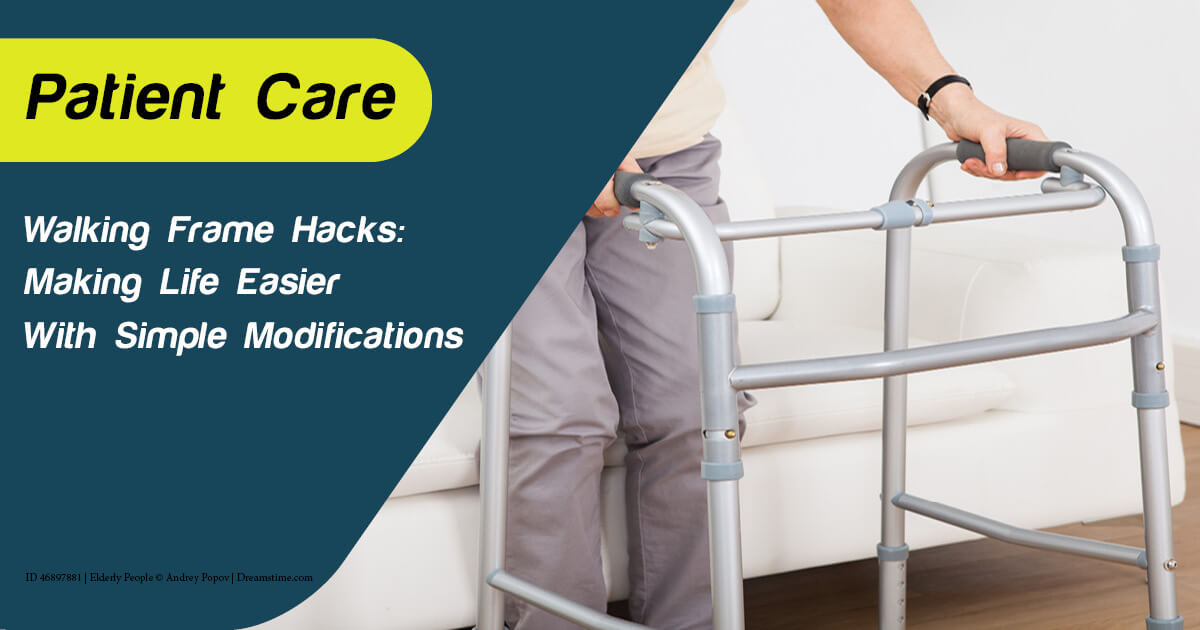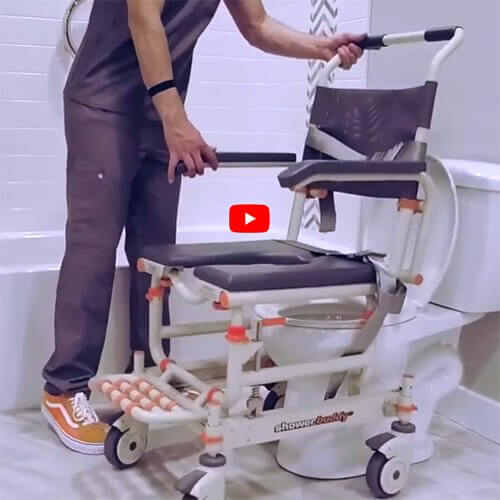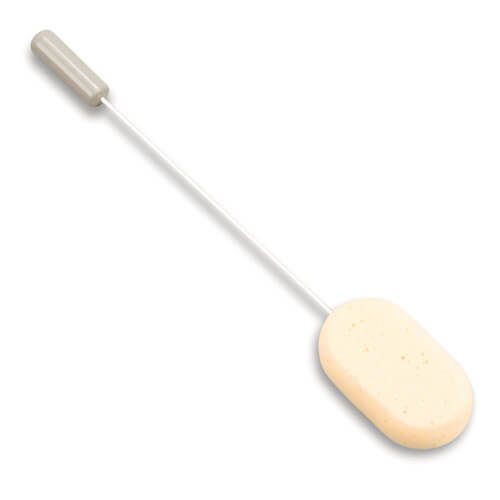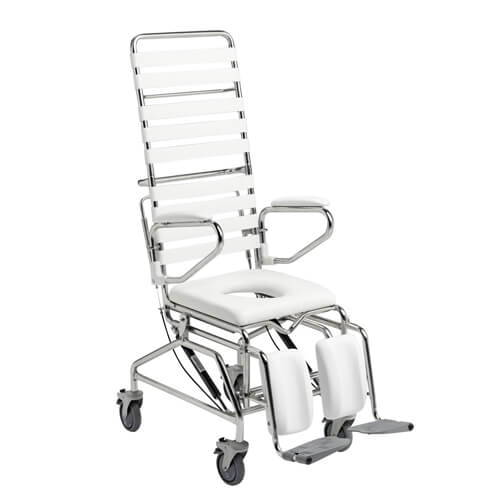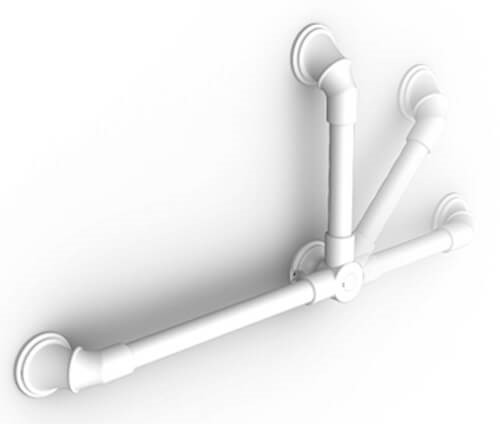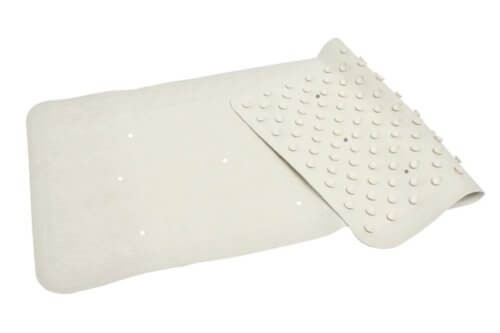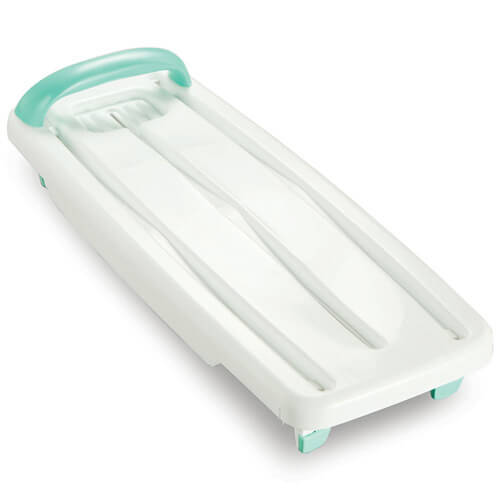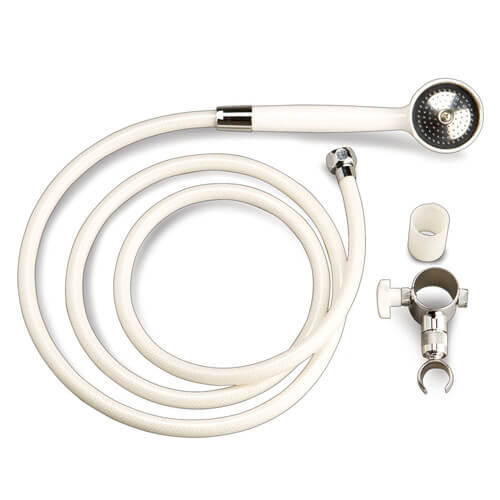
Share
Showering is essential to personal hygiene and daily living, particularly for individuals in aged care. Regular bathing helps maintain cleanliness and promotes overall health and wellbeing—however, for some, showering can become a challenging or even daunting task, requiring assistance from a support worker or carer.
Providing this care requires more than just following a routine; it involves ensuring that the process is comfortable, dignified, and tailored to the specific needs of the person being cared for.
The act of showering in aged care is a delicate process that requires sensitivity, respect, and a clear understanding of both the physical and emotional needs of the person. It’s crucial to approach this task carefully, as improper techniques, the wrong products, or a lack of proper support can lead to discomfort or injury.
Let’s walk through the proper showering procedure for residents in aged care and explore the various assistive devices that can make this process easier, safer, and more comfortable for both support workers and the older individual.
Understanding the importance of personal hygiene
Maintaining personal hygiene can become challenging for older individuals due to physical limitations, cognitive impairments, or medical conditions. Showering regularly is essential for their wellbeing as it helps to:
- Prevent bacterial growth and skin infections
- Promote circulation and physical health
- Enhance comfort and dignity
While showering can seem like a simple task, support workers and carers must approach it with care, respect, and attentiveness, ensuring that the older person feels safe and supported.
The showering procedure in aged care
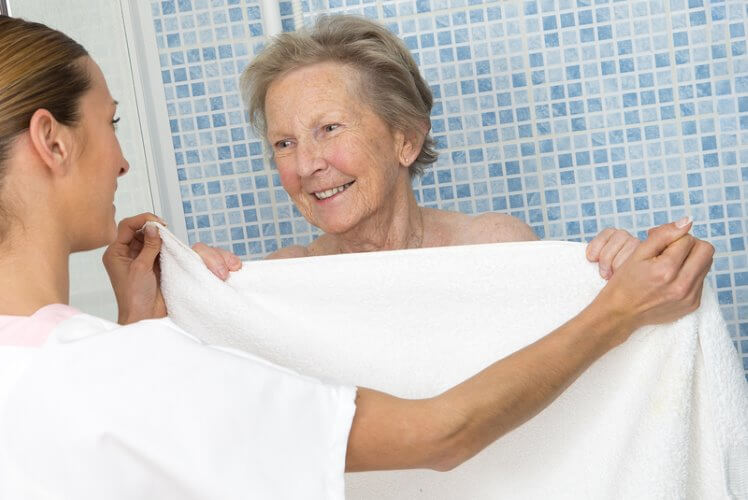
ID 52592798 © Jean Paul Chassenet | Dreamstime.com
The procedure for showering a client in aged care is about cleanliness, comfort, privacy, and preventing injury. Here's how to approach the task step-by-step.
Step #1: Preparation before the shower
- Ensure a well-lit, safe environment: To avoid falls, the bathroom should be well-lit. Non-slip mats should be placed on the floor and in the shower area to reduce the risk of slipping.
- Check the water temperature: Before starting, always test the water temperature to ensure it is comfortable for the older person. Water that is too hot or too cold can cause burns or discomfort, especially if the person has sensitive or injured skin.
- Gather all necessary materials: Have a soft terrycloth robe, soap, a second washcloth for the perineal area, a towel, and body lotion within easy reach. If the person has long hair, make sure to have shampoo and conditioner available.
Step #2: Providing reassurance
If the older person has cognitive impairment or anxiety about showering, it's essential to provide reassurance. Explain the process simply, respect their privacy, and ensure they are comfortable with each step. Be patient and encourage them to take their time.
Step #3: Showering the client
- Start with the client’s legs: Begin by gently washing the legs, using a gentle massaging motion. This helps to stimulate circulation and reduce any tension.
- Wash the upper body: Next, move to the arms, chest, and back. Be mindful of any sensitive areas or skin folds requiring extra care to avoid irritation or skin breakdown.
- Clean the perineal area: This should be done with a third washcloth, applying mild soap and water. Be gentle and ensure the client’s comfort, especially if they have any skin rashes or irritation.
- Clean the client’s hair: If the client needs their hair washed, use a gentle shampoo and conditioner. Be cautious of any neck or back discomfort they may have, and offer support as needed.
Step #4: Rinsing and drying
Once the client is thoroughly washed, carefully rinse off all soap residue, starting from the top and working down. Dry the client gently, paying attention to skin creases and folds where moisture can get trapped, leading to skin irritation.
Step #5: Skin care
Skin care is just as important as the showering procedure. Sensitive or dry skin can break down quickly, leading to conditions like rashes, sores, and infections. After a shower, apply a generous amount of body lotion to moisturise and protect the skin. Pay particular attention to skin folds, which can be prone to moisture buildup and bacterial growth.
Step #6: Final touches
Once the showering process is complete, help the individual back into their soft terrycloth robe and ensure they are safely seated or standing with adequate support. This is also a good time to assist with combing or styling the hair if necessary.
Tips for showering a resident with special needs
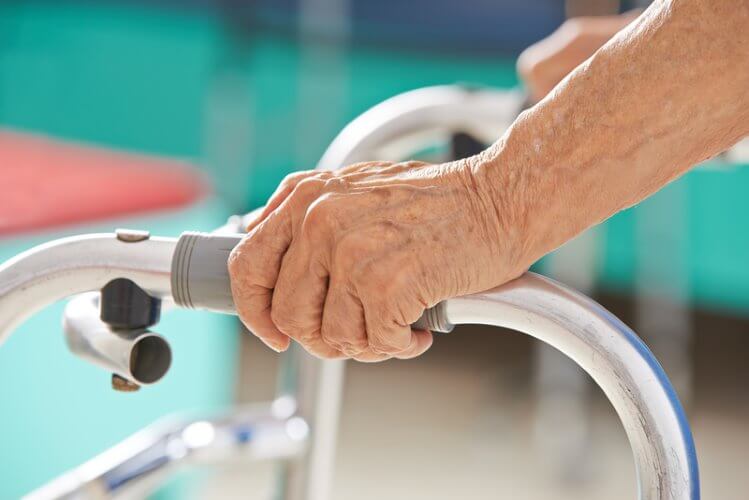
ID 61035811 © Robert Kneschke | Dreamstime.com
It's important to be aware that cognitive impairment can make showering a stressful experience. If your client has dementia, speak calmly, offer reassurances, and be mindful of how much water you use. Some people with dementia may react negatively to a shower if they feel disoriented or uncomfortable.
For individuals with joint pain or mobility limitations, support workers can help by adjusting the shower setup to ensure a comfortable and pain-free experience. Providing a shower chair and adjusting the water temperature can also help improve comfort.
And finally, for clients with sensitive skin, avoid harsh soaps and use hypoallergenic, moisturising products. Always test the water temperature to prevent skin irritation or burns.
Assistive devices to help with showering
In aged care, assistive devices are invaluable tools that help ensure safety and comfort during showering. These devices can assist with mobility, stability, and hygiene, making the procedure easier for both the support worker and the older individual.
Here are some of the essential showering aids available at Active Mobility!
The ShowerBuddy
Click to watch the video
The ShowerBuddy is an innovative solution, turning a standard bathroom into an accessible shower space without expensive bathroom renovations. This transfer system facilitates complete shower and toilet use for those who need assistance in the bathroom, offering a safe and comfortable way to move in and out of the shower or over a standard toilet.
The ShowerBuddy is an invaluable tool for caregivers. It removes the need for heavy lifting and reduces strain during showering. With a weight capacity of up to 250kg, it is suitable for many users and can rotate 360 degrees inside the shower (depending on space).
Its low-maintenance, rust-free aluminium frame and stainless steel hardware ensure durability, while the removable, lockable, and flip-back arms add convenience and flexibility during transfers.
Long-handled tools for independence
Maintaining independence in the bathroom is essential. Products like long-handled sponges make it easier for people with limited reach to wash hard-to-reach areas like their back, legs, and feet without bending or stretching. The long handle helps ensure a thorough clean while reducing the risk of strain or injury, and the soft sponge head is gentle on sensitive skin.
For those needing help reaching everyday bathroom items, reaching aids allow individuals to grab towels, soap, and other hygiene products without bending or stretching, promoting safety and comfort. These aids are lightweight, ergonomic, and simple, even for those with limited hand strength or arthritis.
Shower chairs and commodes
Shower chairs provide stability for older individuals who have difficulty standing for extended periods. They come in various models, including those with armrests, backrests, and non-slip feet.
Shower commodes are designed for individuals needing assistance with simultaneously toileting and showering. These devices ensure safety and comfort while promoting independence. Most are attendant-propelled with integrated push handles for better control.
Grab bars and railings
If not already there, install grab bars in strategic locations like the shower wall, toilet, and bath area. Grab bars provide support and reduce the risk of falls, especially when the person is entering or exiting the shower. They can also be installed near the shower seat for additional assistance when standing.
Non-slip bath mats
Non-slip mats are essential for preventing slips and falls in the shower or bathroom. They are particularly helpful for older people who have difficulty maintaining their balance. A mat with suction cups (like the one pictured above) can provide extra security on wet surfaces.
Bath Boards
Bath boards are perfect for individuals who cannot stand in the shower but still want to access the bathing area. These devices rest on the edges of the bath and provide a stable surface for sitting while showering.
Hand-held shower heads
A hand-held shower head allows for more control over the water flow, which can be helpful for individuals with limited mobility. It can be adjusted to the desired height and angle, ensuring the person can shower safely and comfortably.
Assistive devices to help with showering
As a support worker or carer, your role in assisting with showering goes beyond simply performing the task — it’s about creating a positive, stress-free experience for the person you’re caring for. By being mindful of their needs, preferences, and physical limitations, you can ensure that showering remains a safe and dignified part of their daily routine.
For more products that can help improve the showering process, explore our range of assistive devices for showering at Active Mobility! With the right equipment and techniques, you can help your clients shower safely and comfortably, contributing to their overall health and wellbeing.



